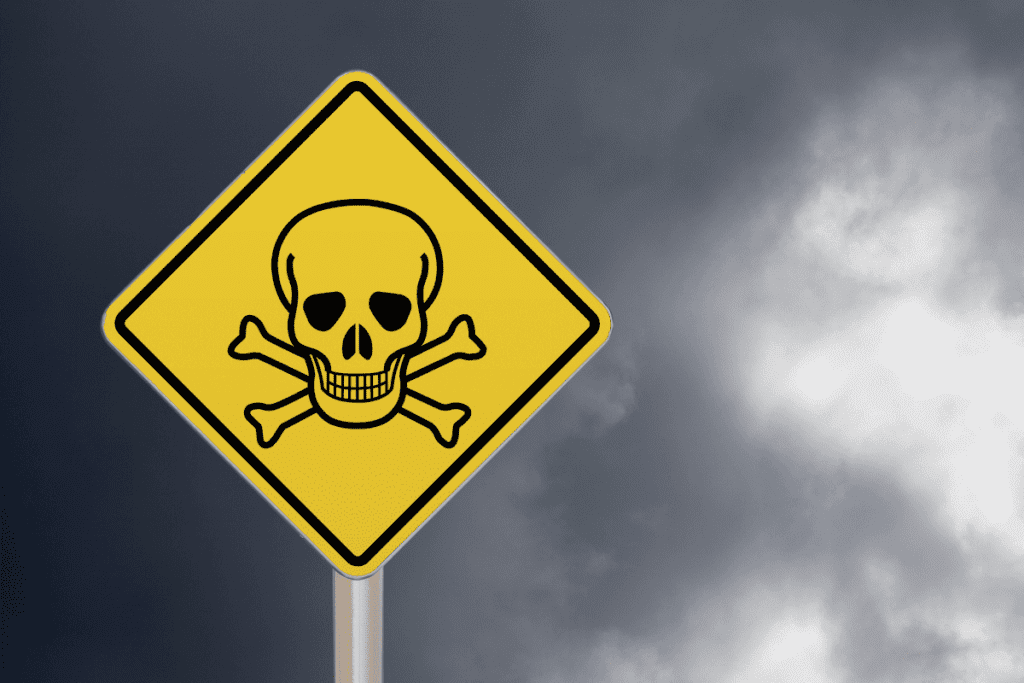MIREC is a major Canadian study of maternal exposure to environmental contaminants. Yesterday, new results from the study were released, detailing findings on pregnant women’s exposure to phthalates and BPA, two chemicals linked to numerous health concerns. Environmental Defence applauds the researchers and agencies that made this study possible.
Canadians deserve to know the findings of this research. Highlights of the study provided on Health Canada’s website refer to the presence of BPA in 90 per cent of the women, but there’s little information regarding phthalate exposure. Health Canada’s website lists the name of the peer-reviewed journal where these new results have been published, but the journal name is not hyperlinked. Using a search engine, curious Canadians can surf their way to the journal, but must pay 39.95 for a copy of the article, or rent it for a limited time.
And the results are concerning.
The study found that average BPA concentration in urine is comparable to but slightly lower than the general population results published in the Canadian Health Measures Survey (CHMS). According to Health Canada, “MIREC participants tended to smoke less, be older and have a higher education level than national averages.” This may have had an influence on exposure levels.
While the levels of BPA found in the samples were considered to be low, a recent study conducted by scientists from the French Institute of Health and Medical Research (INSERM), Atomic Energy Commission (CEA) and University of Paris-Diderot have conducted a review on endocrine-disrupting chemicals (chemicals that can impact hormones) in humans, and found that studies based on rodent cells may be misleading in setting safety standards. Their research found that human testes were more than 100 times more susceptible to some compounds, including BPA, compared to rodents. These results suggest that levels of BPA and other endocrine-disrupting chemicals thought to be safe for humans, estimates that are often derived from animal studies, may be too high.
Like BPA, many phthalates are also endocrine-disrupting chemicals. The MIREC study found metabolites of the probable carcinogen DEHP iin over 95 per cent of the urine samples. Phthalate metabolites MnBP, MEP, MBzP, MEOHP, and MEHHP were detected in 99 per cent of the samples, MCPP was detected in 82 per cent of the samples, and MEHP was detected in 97 per cent of the samples.
The results are disconcerting because some phthalates are linked to birth defects and risk of spontaneous pregnancy loss. Key sources of exposure to phthalates include food, cosmetics, and PVC.
More research needs to be done to determine how chemicals affect our health, considering that Canadians are exposed before we’re even born. Currently, more than 84,000 chemicals are are in use in North America. But very few of these chemicals have been adequately assessed for environmental and health impacts. Last year, our Pre-Polluted: A Report on Toxic Substances in the Umbilical Cord Blood of Canadian Newborns found 137 chemicals in the umbilical cord blood of three GTA infants, with 132 of those chemicals reported to cause cancer in humans or animals.
All Canadians deserve to have a healthy start in life. We hope that researchers will continue to explore this issue further.
Ignorance is bliss, the old saying goes. But if the things we are ignorant of can make us sick, or impact the health of our children, we ought to have access to knowledge that can help us make healthier choices.
For more information about how to avoid exposure to endocrine disruptors, including phthalates and BPA check out our Toxic Nation tips and guides. Download and share our Pre-Polluted report to learn more about chemicals Canadian newborns are exposed to, and to raise awareness about the need to reduce toxic pollution.









